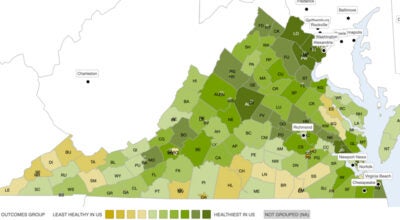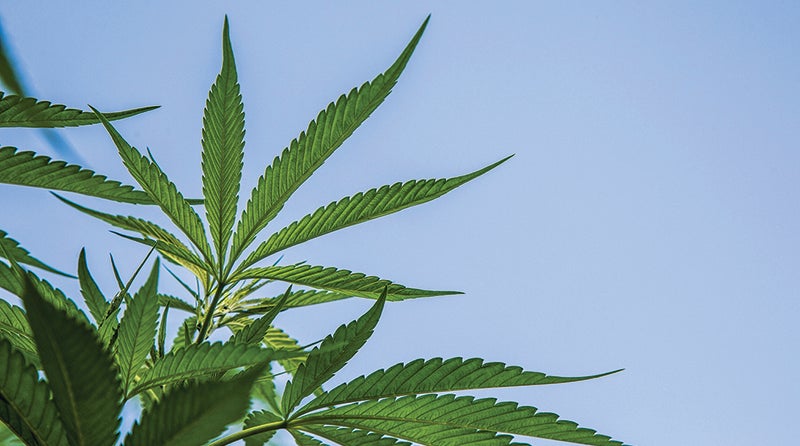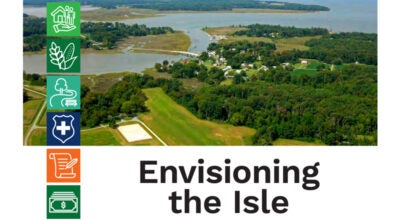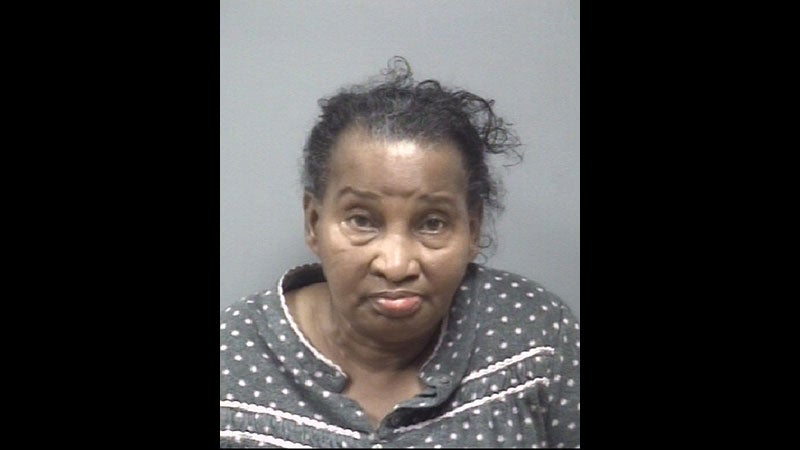Six gravesites found near Bacon’s Castle
Published 8:08 pm Tuesday, March 23, 2021
In Virginia, interesting and significant history is often just underfoot.
That’s why Preservation Virginia — the caretaking organization for Bacon’s Castle in Surry County — called upon experts with the James River Institute for Archaeology to uncover any evidence of historical significance that might be present in or around the 17th-century home.
“We always say at Bacon’s Castle, you cannot put a shovel in the ground without finding a new feature or some sort of archaeology or artifact and … anytime we put a shovel in the ground, we call an archaeologist out,” said Jennifer Hurst-Wender, Preservation Virginia’s director of museum operations.
The results of what the archaeologists found starting in 2018 were shared publicly for the first time during a webinar this month hosted by Preservation Virginia. In addition to Bacon’s Castle, the organization owns and operates a half-dozen historic sites in and around Hampton Roads and Richmond — Smith’s Fort, Patrick Henry’s Scotchtown, the Cape Henry Lighthouse in Virginia Beach, the John Marshall House and Historic Jamestowne.
The archaeological survey was initiated ahead of a Dominion Energy project to construct a 60-acre dredged material management area near Lawnes Creek to support operations at Surry Nuclear Power Station, which is about three miles away. Dominion paid for the archaeology survey.
Matthew R. Laird, a partner and senior researcher with the James River Institute for Archaeology, said they describe the area as the “hinterlands” of what historians call the Stith’s property adjacent to Bacon’s Castle.
In the past, a road likely linked the Bacon’s Castle house to a landing on the creek. Lawnes Creek is still navigable today and in the 17th century, the creek would have been a significant transportation link that allowed access by shallow draft vessels directly to the James River, thereby linking the property and the community to the rest of the region and the world.
Laird said they initially identified eight areas of focus within the construction area. In consultation with the U.S. Army Corps of Engineers and the Virginia Department of Historic Resources, the experts narrowed the list of eight sites down to four, since those areas would be directly impacted by construction. He discussed two during the webinar.
The earliest of the two sites examined, closest to Lawnes Creek, was likely a modest tenant farmstead with six human burials dating from 1680 to 1720. There’s evidence of a small, modest home on the property with characteristics that were very common for the era, such as a root cellar.
After removing topsoil, Laird said human remains were found about 50 feet from the former dwelling. Archeologists found six people — likely four adults, a young adult and an infant — buried on the property. Researchers weren’t sure who they were.
“When we have the opportunity to excavate human remains, it’s a very serious responsibility and we take it with a lot of reverence and care, as you can imagine,” said Laird, who added there was no evidence of burial markers.
“Just given this time period, this was right around the time when the workforce of Virginia was starting to change from indentured white servants to enslaved Africans,” Laird said. “Just based on the time period of this site, there was a possibility that these might have been enslaved Africans. We thought it was probably more likely that they were white indentured tenants, but we didn’t know for sure.”
As a result, Laird said researchers consulted with African American community scholars for further insight. Unfortunately, due to the passage of time, much of the skeletal remains had nearly turned to dust. But evidence of a wooden coffin gave additional clues to who may have lived, worked and died on the land.
“This was an important fact,” Laird said. “Probably the poorest [people] in Virginia would have just been buried during this time period just wrapped in a sheet or a burial shroud. Here, these people had the means or the wherewithal to construct relatively complex coffins — these aren’t even just a simple rectangle — they take some skill to construct.”
Two sets of teeth were recovered, though. Through scientific analysis, Laird said researchers determined those buried on the property were likely of European ancestry but likely born in the Americas — possibly indentured servants. Further analysis found that the young adult was likely 18 to 20 years old and the child was perhaps 5 years old.
The remains were reburied in a Christian ceremony in a cemetery near the Old Brick Church in Surry. Dominion provided a headstone for the graves. It features a cross and reads: “Six Unknown Colonists from Lawnes Creek Plantation Ca. 1680-1720.”
An assortment of other artifacts were also found. They include a key, a hoe blade, a musket barrel and typical kitchenware for the era. The institute for archaeology “has pretty much done every single archaeological dig at Bacon’s Castle since the 1970s, so we have a longstanding relationship with these folks,” Hurst-Wender said.
Bacon’s Castle dates to the 1650s, when Arthur Allen patented 200 acres. He operated a mill on the property. By 1665 the main wing of the house was completed. Unfortunately history shows Allen only got to enjoy his new house for a few years. He died in 1669, and the property was inherited by his son, Arthur Allen II — he was born in Surry, educated in England and returned to Virginia. He updated the house to what was for the time a more contemporary style, according to Hurst-Wender.
Allen II was the owner of the property when Nathaniel Bacon led a now eponymously named rebellion from there in 1676. The Allen family fled when the property was overrun by the rebels — that’s how the house got its current name. Allen II died around 1711 and his son, Arthur Allen III, inherited the house. Through subsequent inheritances, the property was family owned until the house went up for auction in 1972, when the house was purchased by the predecessor organization of Preservation Virginia.
The power station project is expected to move forward next year, according to Dominion spokesman Ken Holt.





